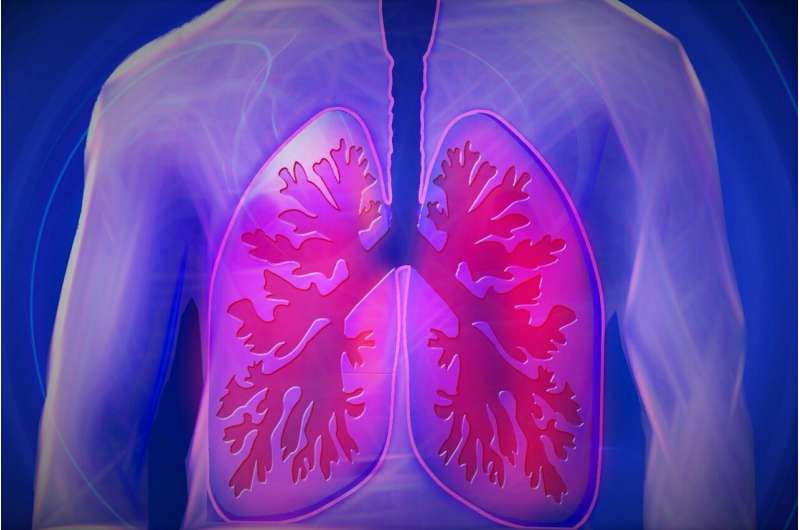Zebrafish Study Offers New Insights into Early Detection of Scoliosis

New research using zebrafish models offers critical insights into early detection of scoliosis, highlighting biomechanical markers like spinal stiffness that could lead to non-invasive diagnostic and treatment strategies.
Recent research utilizing zebrafish models has provided promising clues towards understanding and detecting scoliosis at an early stage. Scoliosis, a condition characterized by an abnormal curvature of the spine affecting 3% to 4% of children and adolescents, currently lacks reliable biomarkers for predicting its severity. Dr. Brian Ciruna, a senior scientist at SickKids in Toronto, explained that although his team did not initially set out to study scoliosis, they discovered that zebrafish develop curved spines similar to those observed in human patients. This observation prompted investigations into the underlying mechanisms.
Using advanced imaging techniques at the Canadian Light Source in Saskatchewan, the team created detailed 3D maps of curved zebrafish spines. These maps revealed structural changes such as increased stiffness and deformation in the spinal tissues, mirroring the progression seen in human scoliosis. Importantly, these biomechanical changes could serve as prognostic indicators; higher stiffness levels correlated with a greater likelihood of scoliosis development in the fish.
Currently, children with scoliosis must wait to see how their spinal curvature progresses, often resulting in invasive treatments like bracing or surgery. The identification of a biological marker such as stiffness could revolutionize early diagnosis and intervention, enabling treatments before severe deformities develop. An ongoing clinical study at SickKids aims to validate this approach.
Prior studies by the team highlight the role of inflammation and oxidative stress—an imbalance of free radicals and antioxidants—in driving spinal deformities. These findings open avenues for exploring environmental factors, including diet, infection, and gut health, that may influence oxidative stress and scoliosis risk. Ciruna emphasizes that these discoveries are made possible through the advanced tools available at the Canadian Light Source, underscoring the importance of preclinical models in tackling common yet poorly understood conditions.
The ultimate goal is to develop non-invasive, biomarker-guided treatments for scoliosis, which could significantly improve outcomes for affected children and their families.
Stay Updated with Mia's Feed
Get the latest health & wellness insights delivered straight to your inbox.
Related Articles
Promising Results in First Human Trial of Targeted Therapy for Relapsed Small Cell Lung Cancer
A Phase I study showcases promising safety and efficacy data of SHR-4849, a targeted antibody-drug conjugate, in relapsed small cell lung cancer patients, paving the way for further clinical development.
Racial Disparities in Pain Management and Future Opioid Misuse Risks in Emergency Departments
A groundbreaking study reveals racial disparities in emergency department pain treatment, linking unmet patient preferences to increased future opioid misuse, especially among Black patients. Ensuring equitable pain management may help reduce opioid-related harms.
Global Variations in the Management of Diverticulitis Highlight Need for Standardized Care
A recent international study exposes significant differences in diverticulitis treatment worldwide, urging the need for standardized care and improved guidelines to optimize patient management and reduce antibiotic overuse.



